With its attractive foliage and low-maintenance nature, Turtle Vines have gained immense popularity among indoor plant enthusiasts. These charming houseplants add a touch of greenery to any space and require minimal care, making them perfect for busy individuals looking to brighten up their homes.
In this article, I will share expert tips on how to care for Callisia repens, ensuring that your Turtle Vines thrive and flourish. Whether you are a beginner plant parent or a seasoned gardener, these tips will help you create a stunning display of trailing beauty. Let’s dive in!
Appearance of Callisia repens (Turtle Vines)
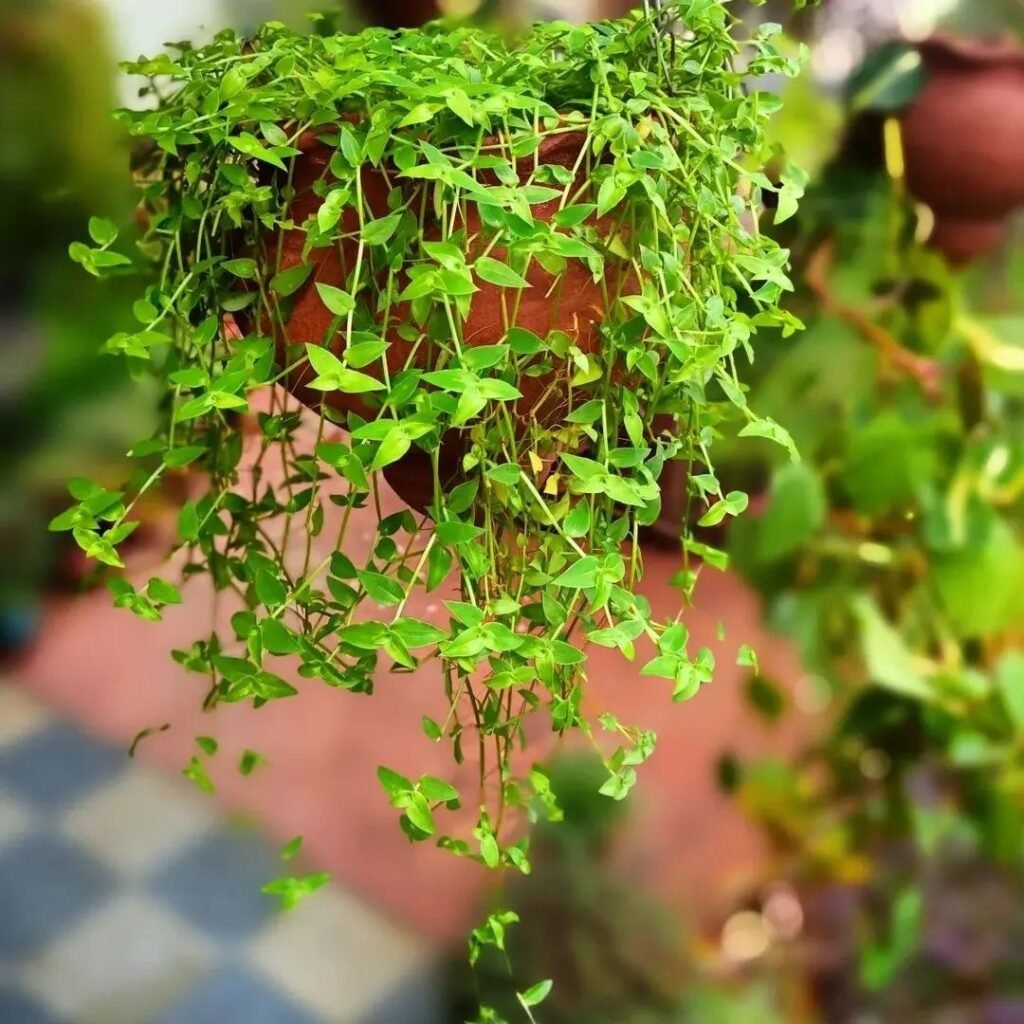
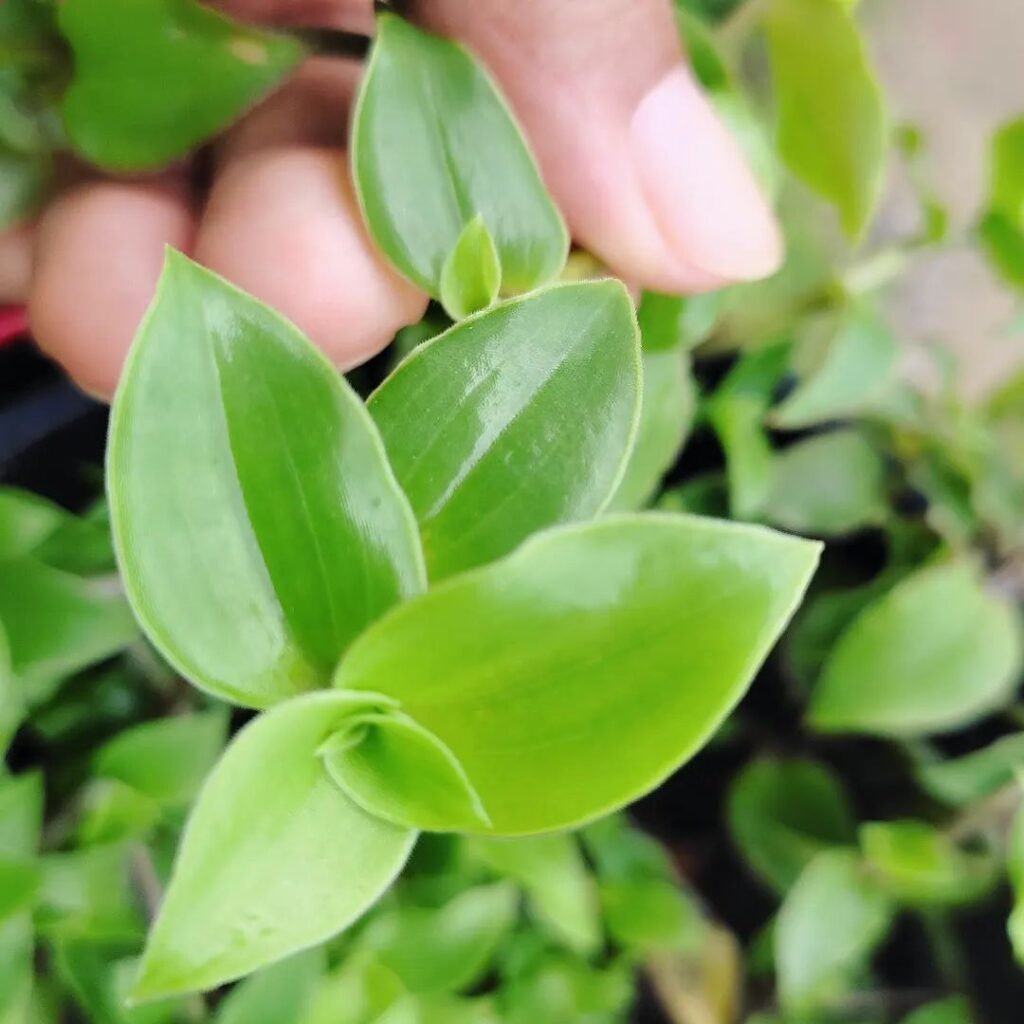
Callisia repens, commonly known as Turtle Vines, is a trailing plant with small, succulent-like leaves. The leaves are typically green with a purple underside, giving the plant an attractive two-toned appearance. The stems of the plant are slender and trailing, making it an ideal choice for hanging baskets or terrariums. With its unique foliage and trailing growth habit, Callisia repens adds a decorative touch to any indoor space.
 The Turtle Vine (Callisia repens) easily grows from cuttings, making it brilliant for sharing with loved ones. A snip, some water, and soil, and you’ve gifted a bit of your green world. It’s a special way to bond over gardening joy!
The Turtle Vine (Callisia repens) easily grows from cuttings, making it brilliant for sharing with loved ones. A snip, some water, and soil, and you’ve gifted a bit of your green world. It’s a special way to bond over gardening joy!
Light Requirements for Callisia repens

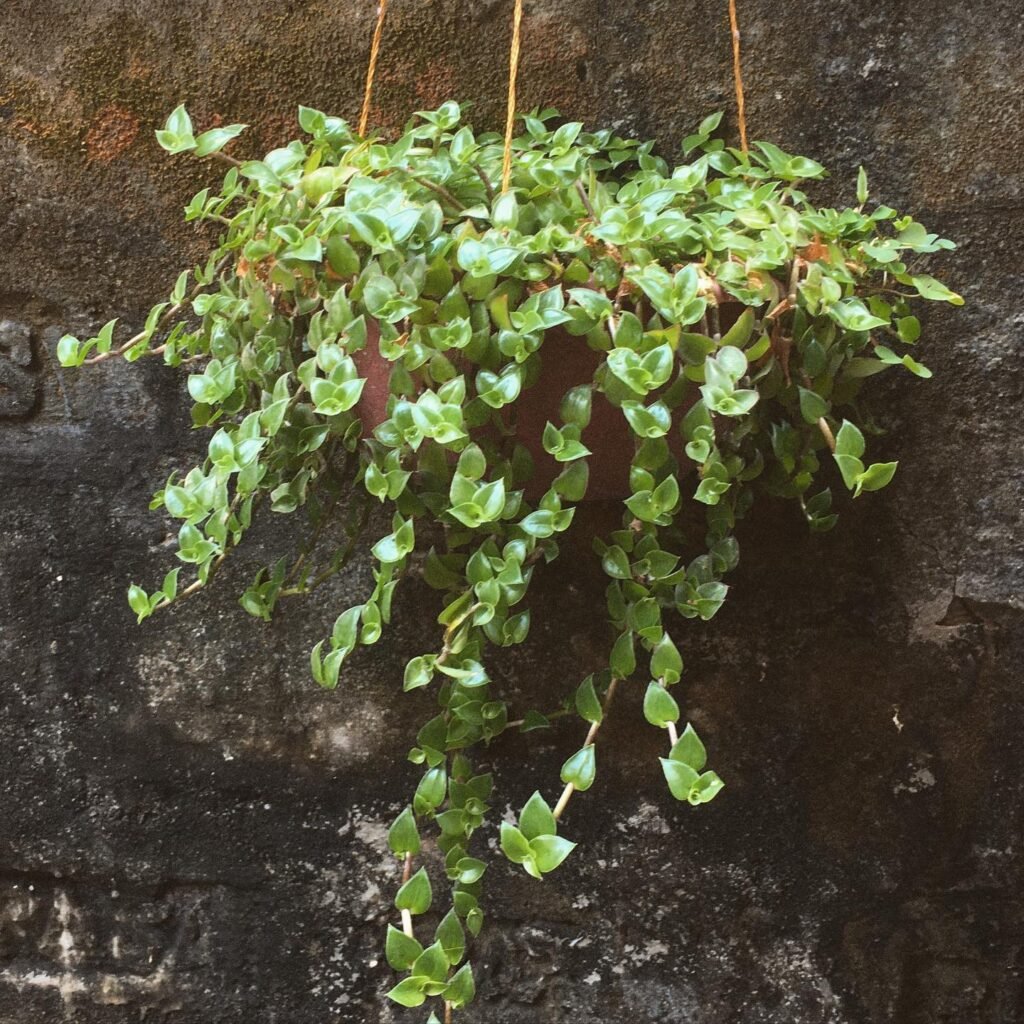
Callisia repens, or Turtle Vines, is an indoor plant that thrives in bright indirect light. To ensure its optimal growth, it is best to place the plant near a north or east-facing window where it can receive several hours of bright, indirect sunlight. However, it’s important to avoid direct sunlight, as it can scorch the leaves. If bright light is not available, Callisia repens can tolerate lower light conditions, although it may result in reduced growth and less vibrant foliage.
For those who have limited access to natural light, using a grow lamp can supplement the required lighting amount. This will help provide the plant with the necessary brightness to thrive and maintain its lush appearance.

Watering Tips for Callisia repens (Turtle Vines)
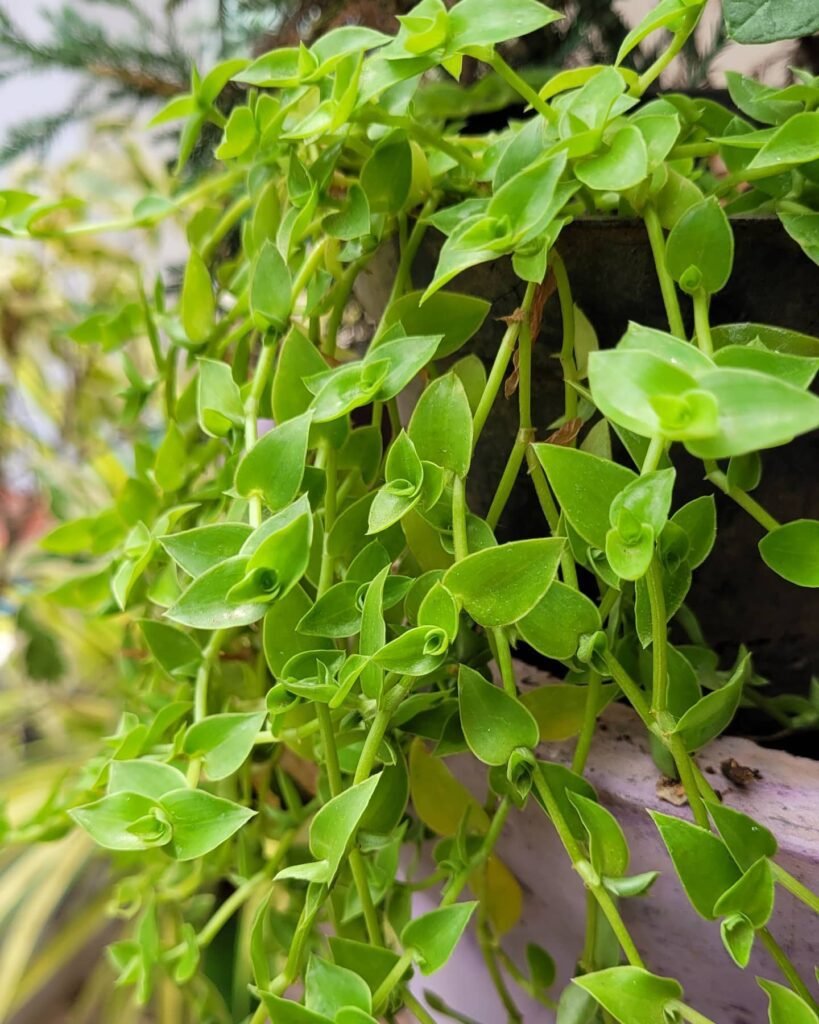
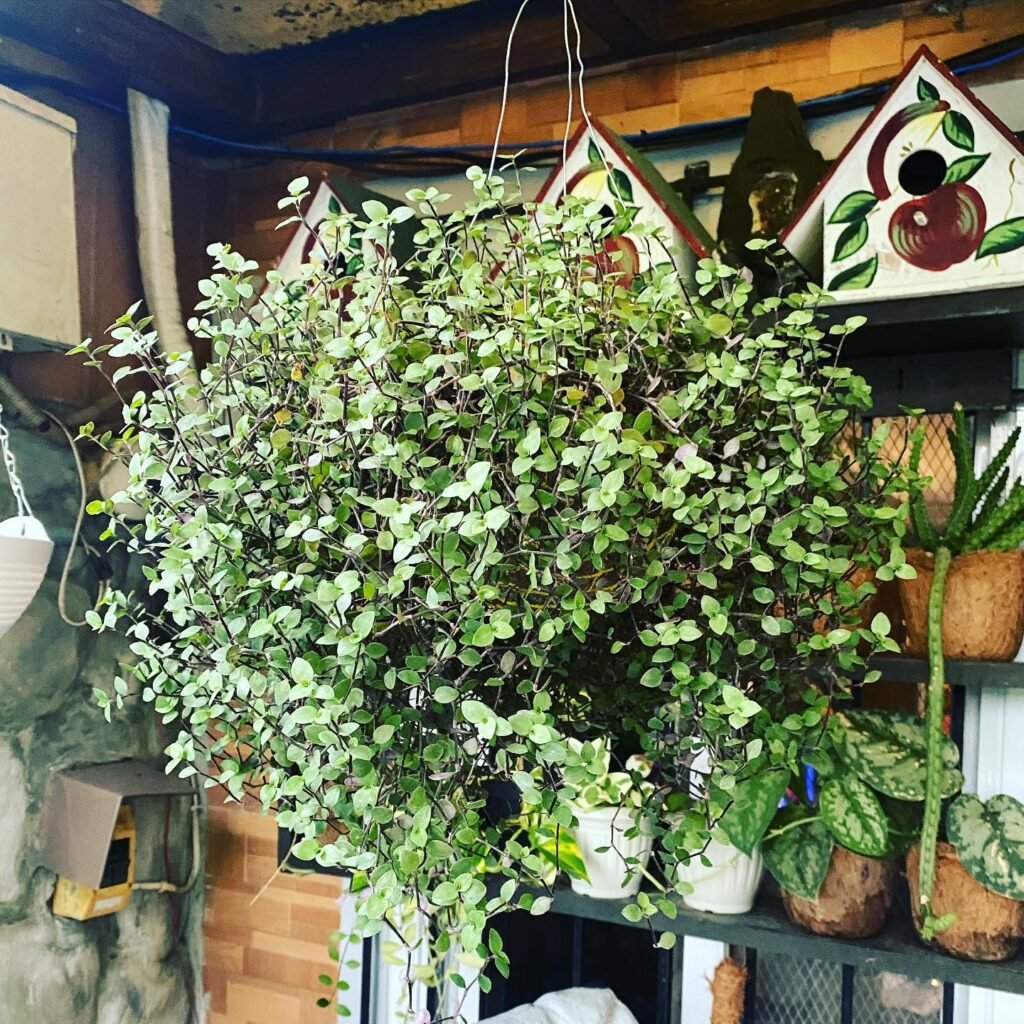
Callisia repens, or Turtle Vines, is an indoor plant that thrives when kept in slightly moist soil. When watering this plant, it is important to thoroughly moisten the soil, allowing any excess water to drain away. Overwatering can lead to issues like root rot, so it is crucial to avoid this. To prevent overwatering, allow the topsoil to dry out between waterings. The frequency of watering should be adjusted based on factors such as climate, temperature, and humidity. During the active growing season, the plant may require more frequent watering, while in the dormant period, watering can be reduced.

Fertilizing and Soil for Callisia repens
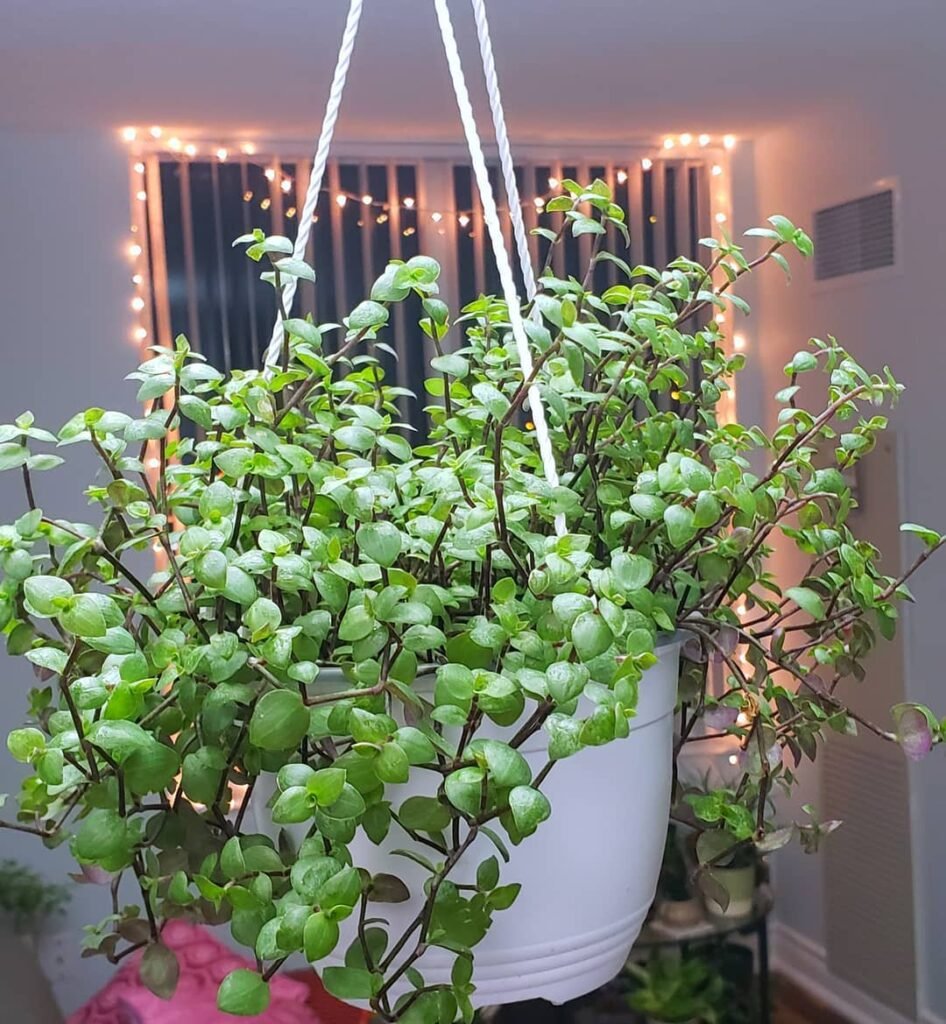

Callisia repens, also known as Turtle Vines, require regular fertilizing to ensure their health and vitality. To provide the necessary nutrients, use a houseplant fertilizer specifically labeled for indoor plants. Fertilize your Callisia repens every four waterings during the spring and summer, and reduce the frequency to every six waterings in the colder months. This will help maintain the plant’s growth and appearance throughout the year.
When it comes to soil, it’s important to repot Callisia repens every three years using a potting mix specifically designed for houseplants. Look for a potting mix labeled for indoor plants, as it will provide the right balance of nutrients and moisture retention. During repotting, be careful to respect the roots to avoid causing transplant shock, which can lead to wilting or leaf loss.

Pruning and Maintenance for Callisia repens
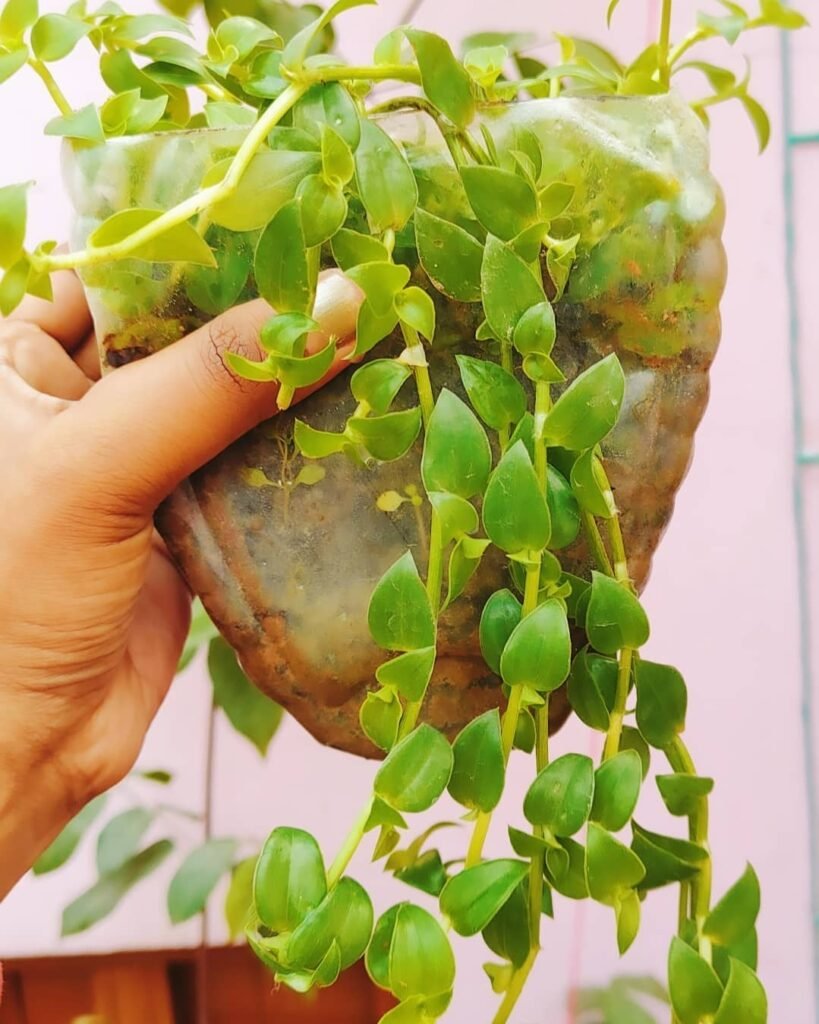
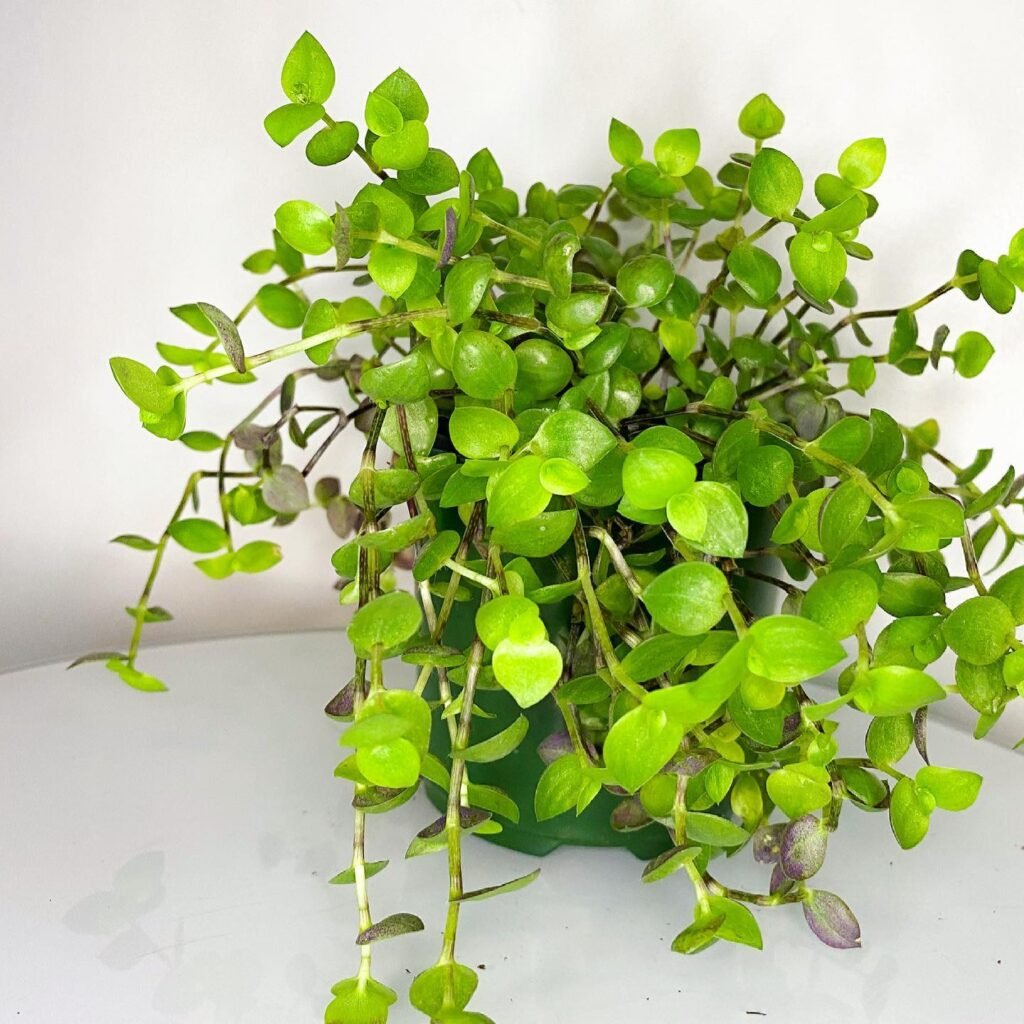
Pruning is an essential part of caring for Callisia repens, or Turtle Vines. During the spring, I recommend cutting back each stem by a third. This promotes bushier growth and helps to maintain a compact and attractive appearance. The pruned stems can be propagated in water until they develop roots, and then replanted in the soil to create new plants.
Regular maintenance tasks play a vital role in keeping your Callisia repens healthy. Monitoring for pests, such as aphids, is essential to ensure the plant’s well-being. By staying vigilant and addressing any pest issues promptly, you can prevent damage to your indoor plants.
Creating a suitable environment is also key to the maintenance of Callisia repens. Providing the right amount of light, proper watering, and suitable temperature conditions will contribute to the overall health and growth of your Turtle Vines.

Propagating Callisia repens (Turtle Vines)
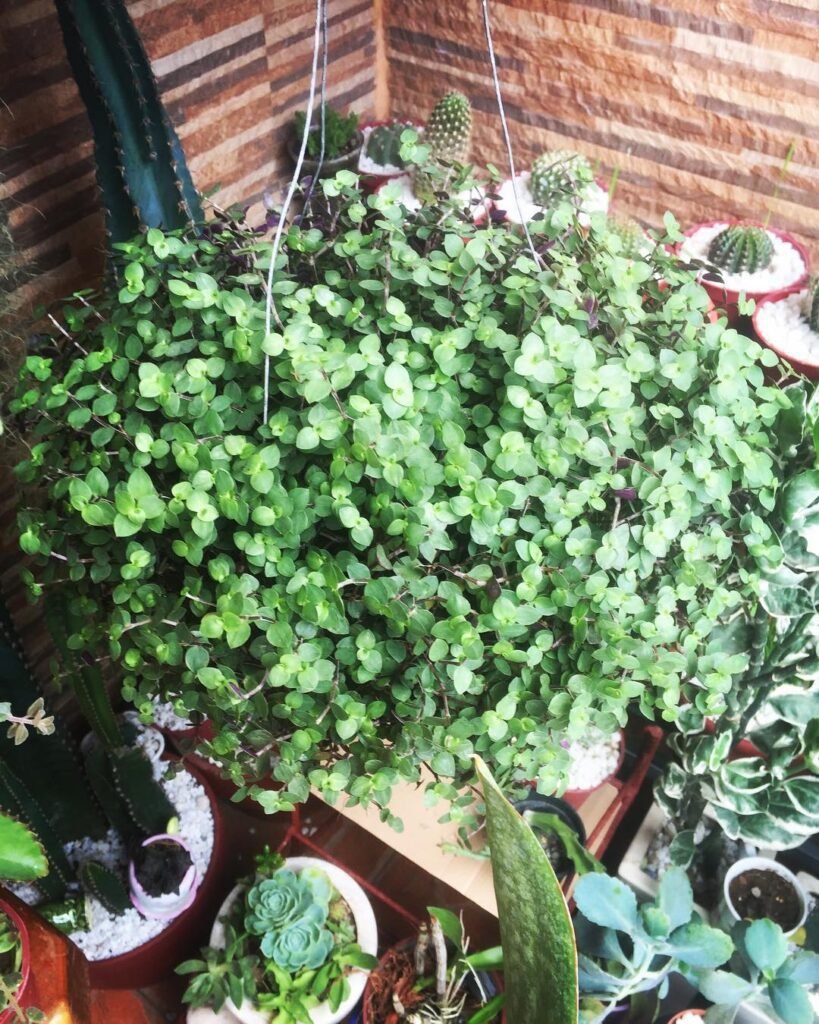

Propagating Callisia repens, known as Turtle Vines, is a straightforward process that can be done through stem cuttings. When pruning the plant, I take stem cuttings and place them in water until they develop roots. Once the roots have formed, I replant the cuttings in soil to create new plants. Water propagation is a popular method for propagating Callisia repens, as it allows for easy root development. By propagating the plant, I can multiply my collection and share this beautiful plant with others.

Repotting Tips for Callisia repens
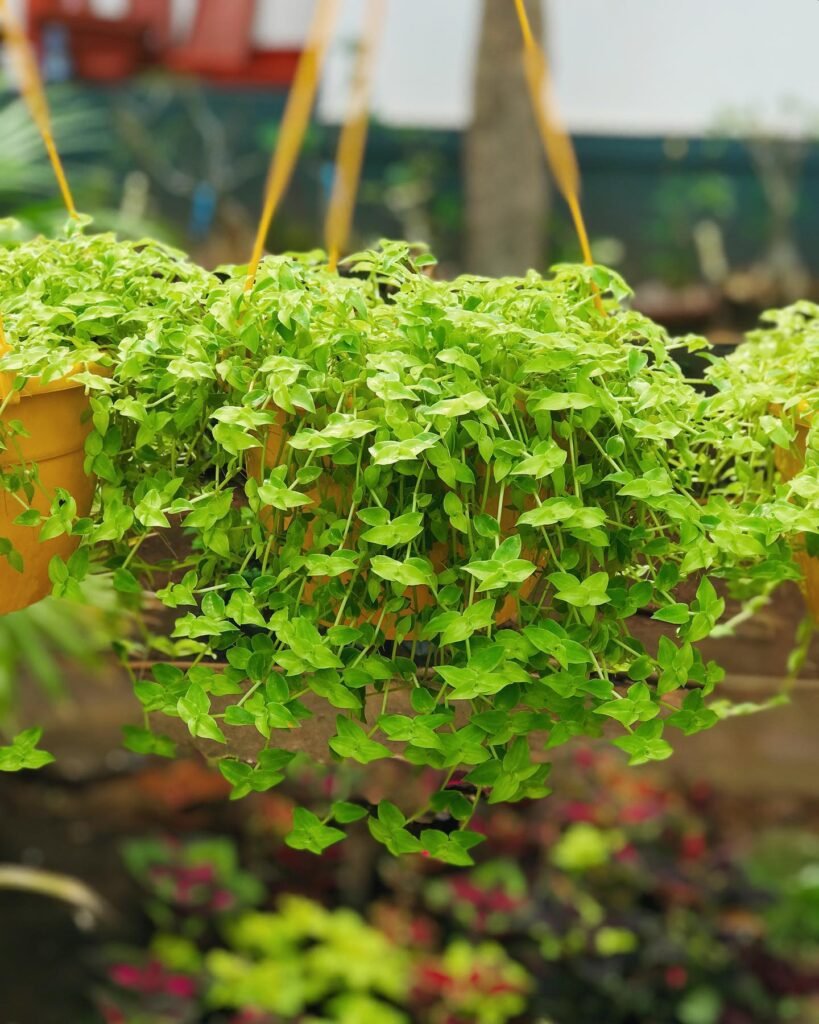
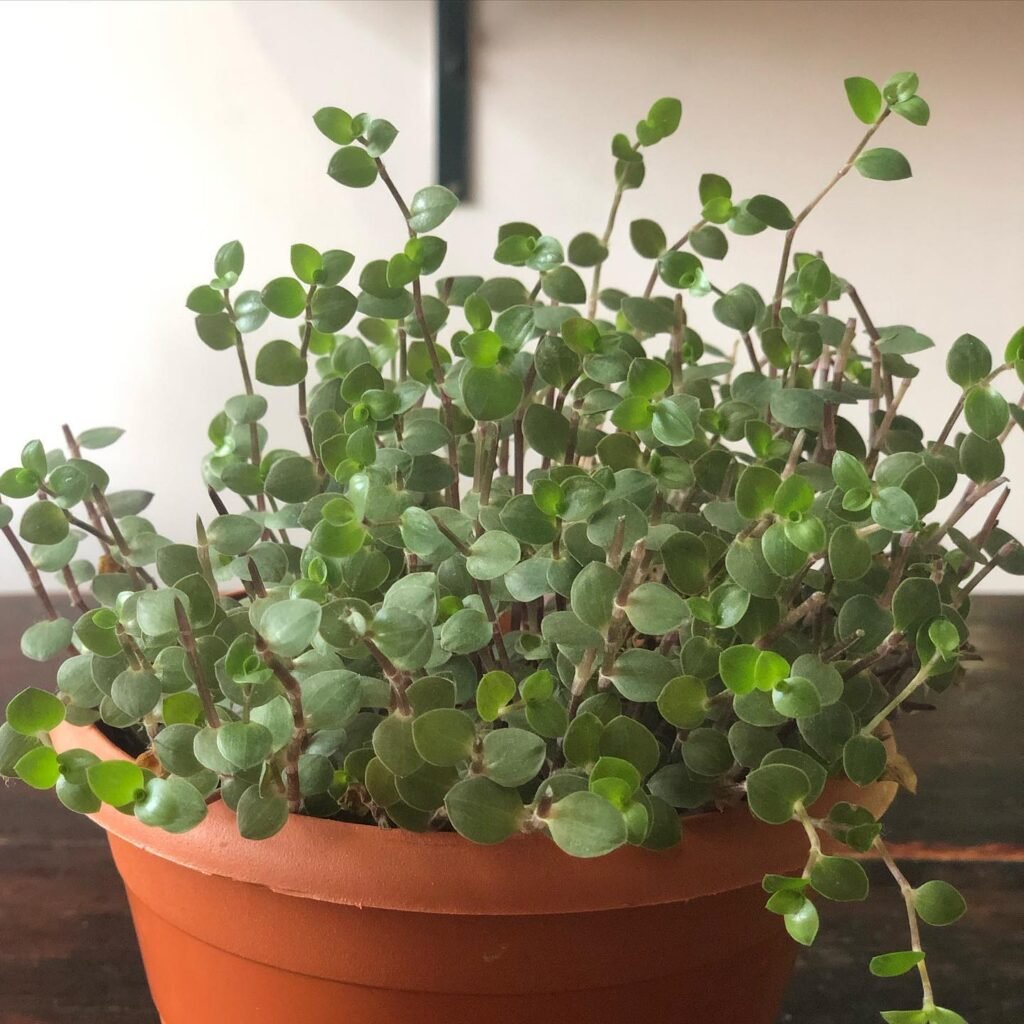
Callisia repens, commonly known as Turtle Vines, is a beautiful indoor plant that requires repotting every three years to ensure its optimal growth. Repotting provides the plant with more room to expand its roots and rejuvenates the soil, promoting continued health and vitality.
When repotting Callisia repens, it is essential to choose a potting mix specifically labeled for houseplants. This specialized mix provides the plant with the necessary nutrients and proper drainage. Avoid using regular garden soil, as it may not provide the right balance of moisture and air circulation.
Gently handle the roots of the Turtle Vines during the repotting process to prevent transplant shock. Transplant shock can cause wilting or leaf loss, so it’s important to be careful and avoid damaging the plant’s delicate root system.
“Repotting is a crucial step in maintaining the health and vitality of Callisia repens. By providing adequate space and fresh soil, you are ensuring that the plant can continue to thrive and decorate your indoor space.”
After repotting, water the plant thoroughly and place it in a suitable location with bright indirect light. This will help the plant recover from the repotting process and adjust to its new environment.
Remember, repotting is an opportunity to assess the condition of the roots and remove any damaged or decaying portions. This helps prevent the spread of diseases and promotes overall plant health.
Suggested steps for repotting Callisia repens:
- Carefully remove the plant from its current pot, gently loosening the roots if necessary.
- Inspect the roots for any signs of damage or rot. Trim away any unhealthy portions using clean and sterilized scissors or shears.
- Select a new pot that is 1-2 inches larger in diameter than the current one, ensuring it has drainage holes.
- Place a layer of potting mix at the bottom of the new pot.
- Position the Callisia repens in the center of the pot, ensuring it is at the same level it was previously planted.
- Add more potting mix around the plant, gently firming it in place to provide support.
- Water the plant thoroughly until excess water drains out of the bottom of the pot.
- Place the repotted Turtle Vines in a suitable location with bright indirect light.
 The Turtle Vine (Callisia repens) isn’t just a pretty face with its lovely trailing leaves; it also cleans the air in your home. Super easy to look after, it’s a top pick for those new to gardening, offering both beauty and cleaner air indoors.
The Turtle Vine (Callisia repens) isn’t just a pretty face with its lovely trailing leaves; it also cleans the air in your home. Super easy to look after, it’s a top pick for those new to gardening, offering both beauty and cleaner air indoors.
Common Issues with Callisia repens
Callisia repens, or Turtle Vines, can face several common issues. Here are some problems you may encounter when caring for this indoor plant:
1. Leggy Growth
Leggy growth is a natural occurrence for Callisia repens. The older foliage will be sacrificed to promote new growth at the tips of each stem. This can cause the plant to appear thin and sparse. To prevent leggy growth, you can prune the plant regularly to encourage bushier and more compact growth.
2. Under-watering
If you notice the leaves wilting, turning yellow, or the plant showing stunted growth, it may be a sign of under-watering. Callisia repens prefers slightly moist soil, so it’s essential to monitor the moisture level and ensure the plant receives adequate water. Always check the topsoil and water thoroughly when it feels dry to the touch.
3. Over-watering and Root Rot
Over-watering is another issue that can affect Callisia repens. Excessive moisture can lead to root rot, causing the roots to become mushy and unhealthy. Yellowing of the lower leaves may also occur. To avoid over-watering, allow the topsoil to dry out between waterings and ensure proper drainage by using a well-draining potting mix.
4. Yellowing Leaves
Yellowing leaves can indicate various problems, such as over-watering, under-watering, or lack of nutrients. It’s important to assess the watering and feeding schedule to determine the cause. Adjusting the watering and adding a balanced houseplant fertilizer can help prevent yellowing leaves and promote healthy foliage.
5. Pests
Common pests, such as aphids, can attack Callisia repens. Keep an eye out for small insects, sticky residue, or distorted leaves, as these are signs of pest infestation. Regularly inspect the plant and take action promptly if pests are detected. You can use natural remedies or insecticidal soap to manage the problem and keep your plants pest-free.
Helpful Videos about Caring for Callisia repens (Turtle Vines)
Considering giving Callisia repens, affectionately known as Turtle Vines, a whirl? I’ve found a splendid collection of videos for you. Created by seasoned gardeners, these tutorials offer straightforward, easy-to-follow advice designed to help your plant flourish, from essential care tips to ingenious hacks. Ideal for both the seasoned gardener and the complete novice, these guides aim to make the care of your Turtle Vines as clear as day, ensuring you enjoy a brilliant gardening experience. Just to be clear, these videos aren’t my own creation, but I’ve selected them because they’re simply the best out there for getting to grips with Callisia repens.
- Callisia Repens Care tips and tricks
- How to Propagate Turtle Vine in Water and Soil
- Fast Growing, Shade Loving Hanging Plants | Turtle Vine | Tangled Heart
FAQ about Caring for Your Callisia repens (Turtle Vines)

Keen on making your Callisia repens, affectionately known as Turtle Vines, a bit of a marvel? Dive into my straightforward FAQ for all the essential advice and tricks you need to care for your Turtle Vines. From choosing the perfect location in your abode to mastering the watering routine, I’ve detailed it all to help them thrive splendidly.
Turtle Vines prefer bright, indirect light. Too much direct sunlight can scorch the leaves.
Water when the top inch of soil feels dry. They like moist soil but not soggy.
A well-draining, peat-based potting mix is ideal for Turtle Vines.
Yes, but they’re best kept in pots and brought indoors during colder months as they’re not frost-tolerant.
Easily done by stem cuttings. Place a cut stem in water or directly into soil, and it should root in a few weeks.
Yellow leaves can indicate overwatering or poor drainage. Check the soil and adjust your watering schedule.
Pinch off the tips of the vines regularly to encourage bushier growth.
Yes, they produce small, white flowers, though it’s less common indoors.
Yes, they’re non-toxic to cats and dogs.
They’re fast growers, especially in warm, humid conditions.
Yes, feed with a balanced, water-soluble fertiliser every 4-6 weeks during the growing season.
It likely needs more light. Move it to a brighter spot, but avoid direct sun.
Keep an eye out for spider mites and aphids. Wipe leaves with a mild soap solution or use an appropriate insecticide.
They prefer higher humidity but can tolerate lower levels. Mist regularly for best results.
They enjoy warm conditions, ideally between 18°C and 24°C.
Repot in spring if it’s outgrown its pot, using a slightly larger pot with fresh, well-draining soil.
It could be due to low light, cold temperatures, or improper watering. Address these conditions for better growth.
Absolutely! They make excellent hanging plants due to their trailing nature.
Reduce watering and keep away from cold drafts. They don’t need much water when growth slows down.
Dry, crispy leaves can result from too much sun or low humidity. Move to a shadier spot and consider misting more frequently.
Yes, they thrive in the high humidity of a bathroom, provided they get sufficient light.
Yes, they can enjoy the British summer outdoors. Just make sure to gradually acclimate them to avoid shock and place them in a spot with filtered light.
Yes, but if your area has particularly hard water, consider using filtered or rainwater to avoid mineral build-up on the soil.
I hope this has made things clearer on how to look after your Callisia repens, or Turtle Vines as they’re fondly called. If you’ve still got questions, just leave them in the comments, and I’ll drop by with an answer. Remember, all gardeners start from the beginning, and getting to know your Turtle Vines is a truly exciting journey.
Conclusion
Callisia repens, or Turtle Vines, is a beautiful and low-maintenance trailing plant that brings a touch of nature to your indoor spaces. By following these care tips and requirements, you can ensure that your Callisia repens thrives in your UK home.
Firstly, it’s important to provide the right lighting conditions for your Turtle Vines. Place the plant near a north or east-facing window where it can receive bright indirect sunlight. Avoid direct sunlight, as it can damage the leaves.
Secondly, proper watering and fertilizing are key to the plant’s health. Aim to keep the soil slightly moist, but be careful not to overwater. Allow the topsoil to dry out between waterings, and fertilize with a houseplant fertilizer labeled for indoor plants to promote healthy growth.
Lastly, remember to prune and propagate your Callisia repens as needed. Pruning will help maintain a compact and attractive shape, while propagating through stem cuttings allows you to create new plants and expand your collection.
With its attractive foliage, trailing growth habit, and low maintenance requirements, Callisia repens is an excellent choice for anyone looking to add decorative and easy-care plants to their indoor space.

